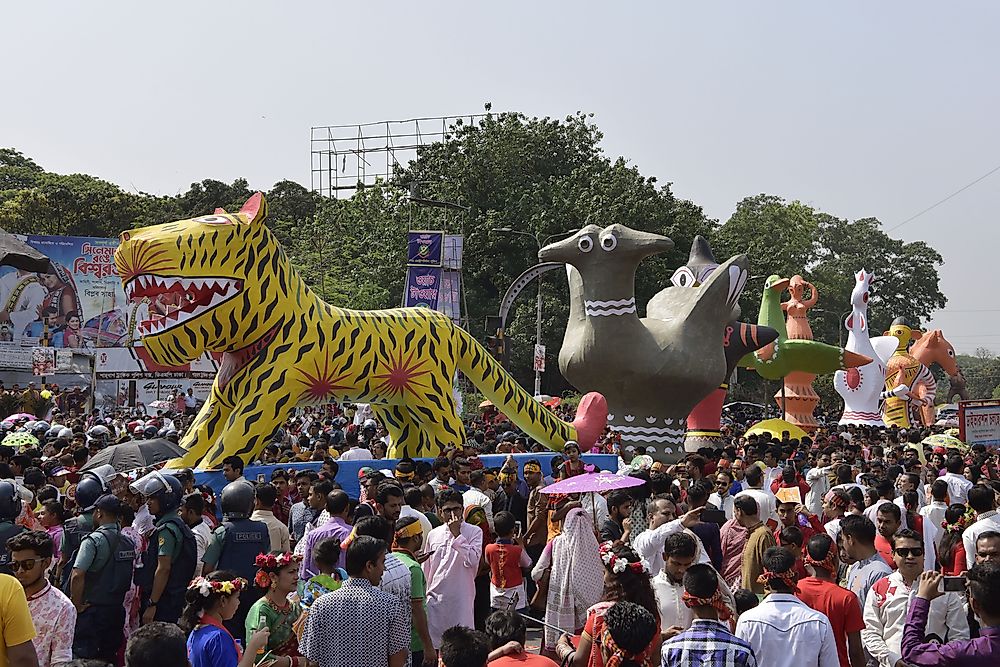What is the Vikram Samvat Calendar?

The Vikram Samvat Calendar is a civil calendar that is widely used in Nepal and India. It makes use of a solar sidereal year and lunar months, as do other Hindu calendars. In India, it is not the official calendar and is used alongside the official Indian national calendar and the Gregorian calendar. This is not the case in Nepal since the Vikram Samvat is the calendar used for administrative purposes. This calendar has a northern and a southern systems, namely amanta and purnimanta, which started in 57-56 BCE and 56 BCE respectively. These systems coincide in the Shukla Paksha, a time characterized by most festivals in the Hindu culture. Compared with the solar Gregorian calendar, the Vikram Samvat calendar which is lunar solar is ahead by 56.7 years. This calendar dates back to the Vikram Samvat era established by king Vikramaditya of Ujjain after he defeated the Śakas in 57 BCE.
Design of the Vikram Samvat Calendar
This civil calendar in its classical form utilizes sidereal years and 12 lunar months per year. Time taken for the sun’s movement through a full zodiac sign makes up the exact length of a month. The first month in the Nepal version of the Vikram Samvat calendar is Baishakh which falls between mid-April and mid-May as the corresponding months in the Gregorian calendar. The 12 lunar months have 30, 31, or 32 days each. In north India, the year starts from Chaitra, which is the 12th month in Nepal. In this calendar, there are additional months that are often subtracted or added. This is because 12 months do not exactly form a sidereal year.
Two lunar months make up a season, with two seasons making up what is known as an ayana. A lunar year is two ayanas. A lunar month consists of two fortnights; one is usually brighter and is between new moon and full moon while the other is dark and between full moon and the new moon. A fortnight is made up of 15 lunar days, with a lunar day varying in durations and beginning at various times. A lunar day can have between 19 and 26 hours.
Use of the Vikram Samvat Calendar in India
India’s official calendar is the Indian National Calender which is massively used in radio addresses and government communications. In this country, the Vikram Samvat calendar is used alongside the official calendar, and so is the Gregorian calendar. The Vikram Samvat is used mainly for traditional festivals for computing of dates. It was adopted for use on November 26, 1949, as recorded in the constitution of India. Over the years, there have been calls to make this calendar the official calendar and replace the saka calendar (the Indian national calendar).
Use of the Vikram Samvat Calendar in Nepal
The Vikram Samvat calendar has been in recognition in Nepal as the national calendar since 2007. It was made the official Hindu calendar by the Rana rulers in 1901. In relation to the Gregorian calendar, in Nepal the New Year is between April and May, on the first day of Baishakh (first month). This calendar was preceded by the Nepal Sambat calendar, a lunar calendar which came under official disapproval in the beginning of the 20th century.











